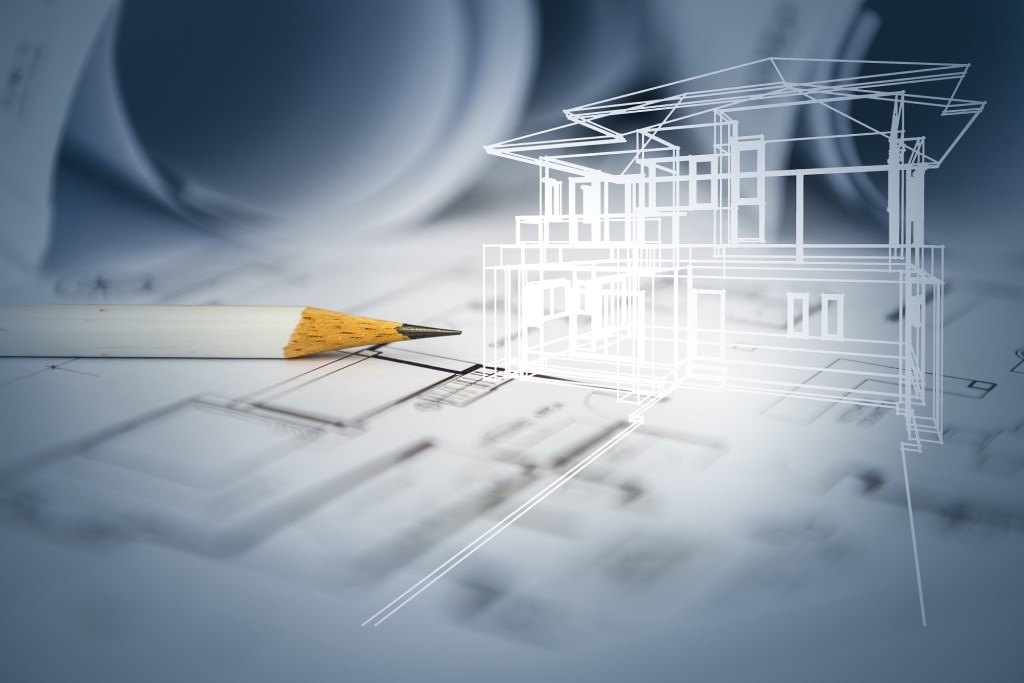The pandemic caused a lot of individuals to reevaluate living situations, and, for some, this included sharing space with more family members. According to the National Association of Realtors, multigenerational living has increased this past year and doesn’t show signs of slowing anytime soon.
As a result, home builders have seen an increased demand for bigger homes and units to cater to all members of the family comfortably. For these projects, builders also need to take into consideration the tech needs multigenerational spaces require.
The Cornerstone: A Strong Network
From cost savings to taking care of aging family members, the benefits of the multigenerational market draw in individuals across every demographic. However, more residents in one home often means more devices on the network, which can lead to lags and delays if the network is not equipped to handle increased traffic.
A strong network often serves as the cornerstone for families’ day-to-day lives—from entertainment needs to telecommuting or virtual learning, modern households require constant connectivity. Builders of multigenerational properties need to understand these unique considerations and ensure they are laying the infrastructure for the right network that supports the changing tech needs of this market.
Generational Differences
With multiple generations under one roof, builders need to ask what is important to the different age groups and how these differences will impact property planning. In addition to possibly making structural changes like adding more bedrooms versus common living spaces, multigenerational properties need to account for the network needs that result from having more people under one roof or common space.
For example, teens might need faster speeds for the latest in online gaming or streaming; working parents need a network that won’t drop important videoconferencing calls; and grandparents might need bandwidth for telehealth appointments. Understanding the different layers of tech needs and how they integrate will be critical for the overall functionality of the home or unit.
Standing Out From the Rest
As multigenerational living spaces continue to increase in popularity, builders can leverage their tech offerings to differentiate their properties from the rest. Smart technology and an underlying network that is fast, low-effort, ubiquitous, and always on are examples of tech trends that are catching on across generations.
While the benefits of smart devices like locks, lights, and thermometers are obvious for potential residents, there is also a plus side for builders. From the convenience that comes with smart locks to the possible cost savings of smart thermostats and lighting, certain groups of residents consider these smart technologies a necessity and are willing to pay a premium for it.
Understanding the multigenerational housing trend and the different needs that these properties require is only the first part of ensuring a successful build. Having a strong tech partner that has the resources to support your project at every point along the way—from project planning to move-in—can make sure you’re providing a seamless experience.



